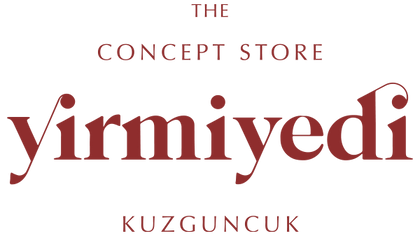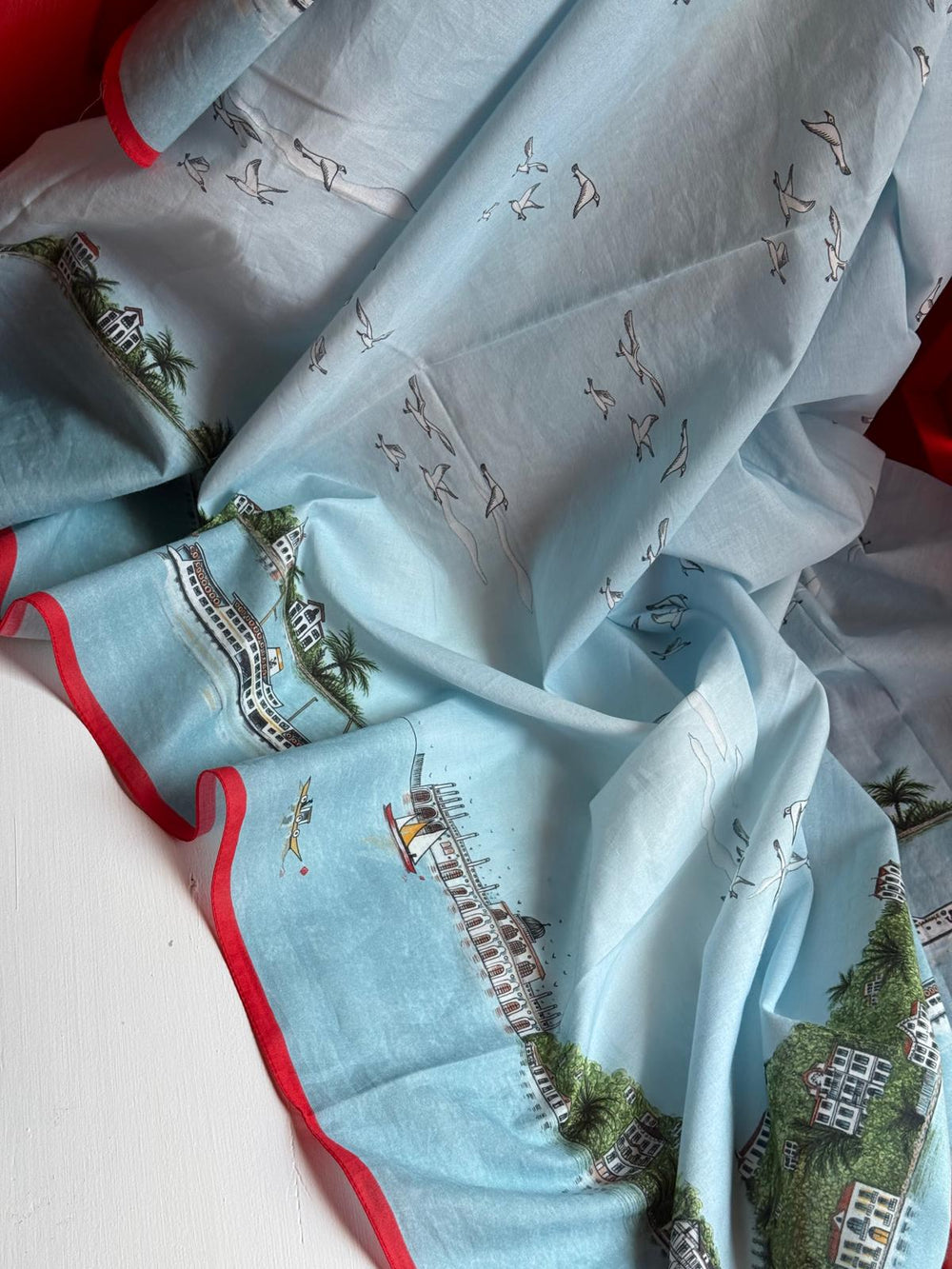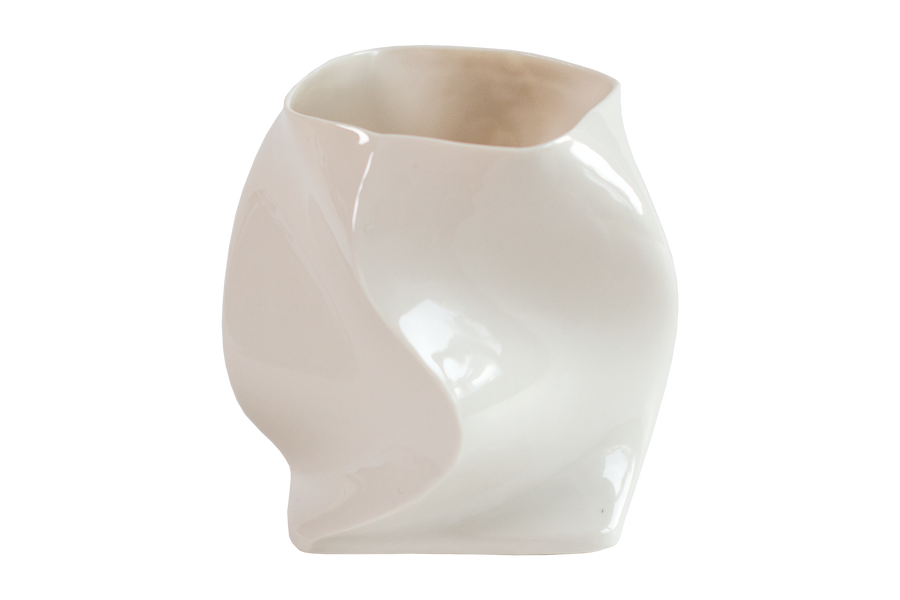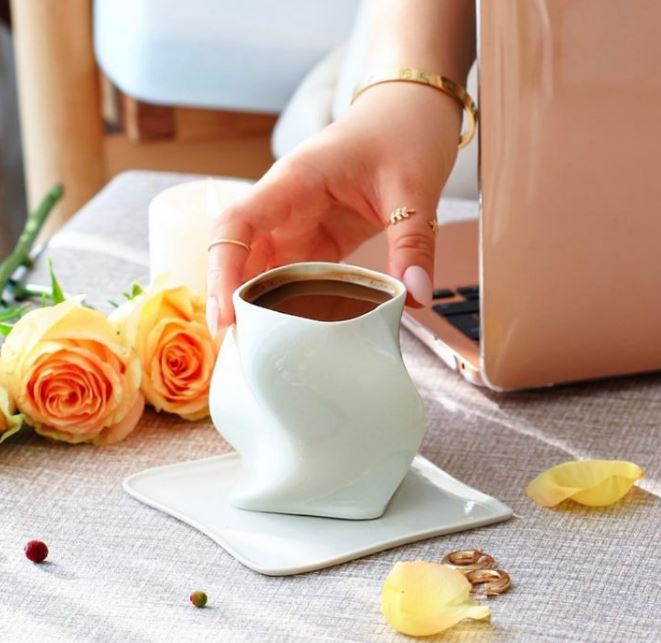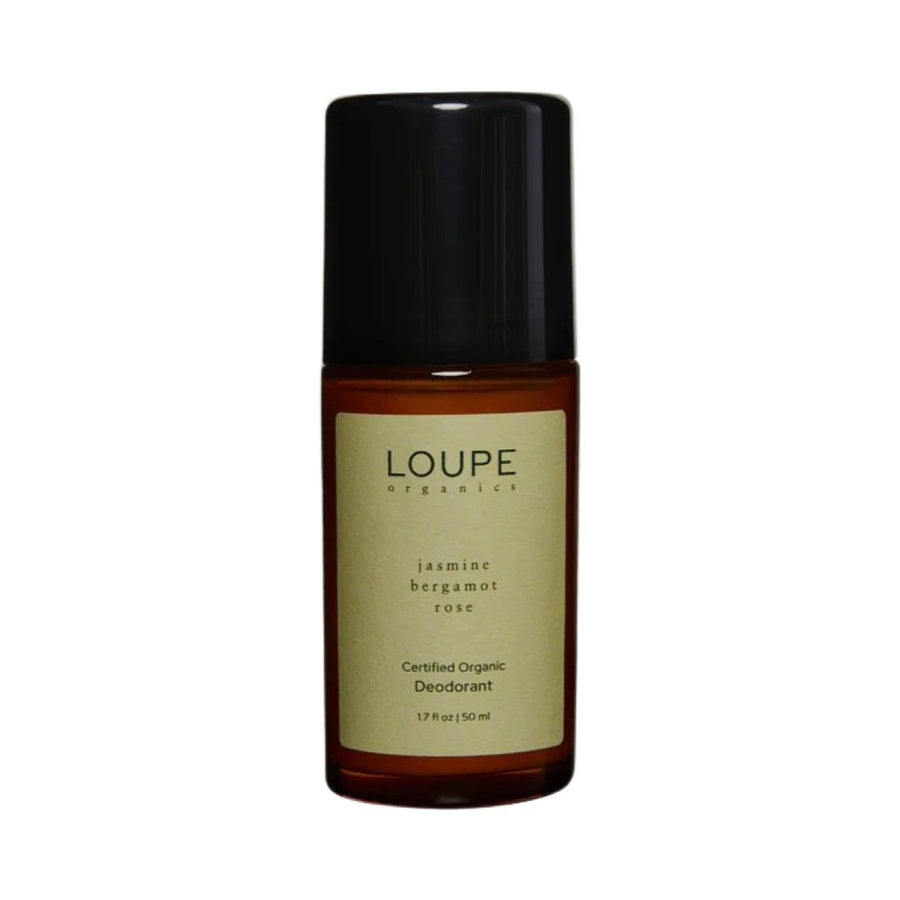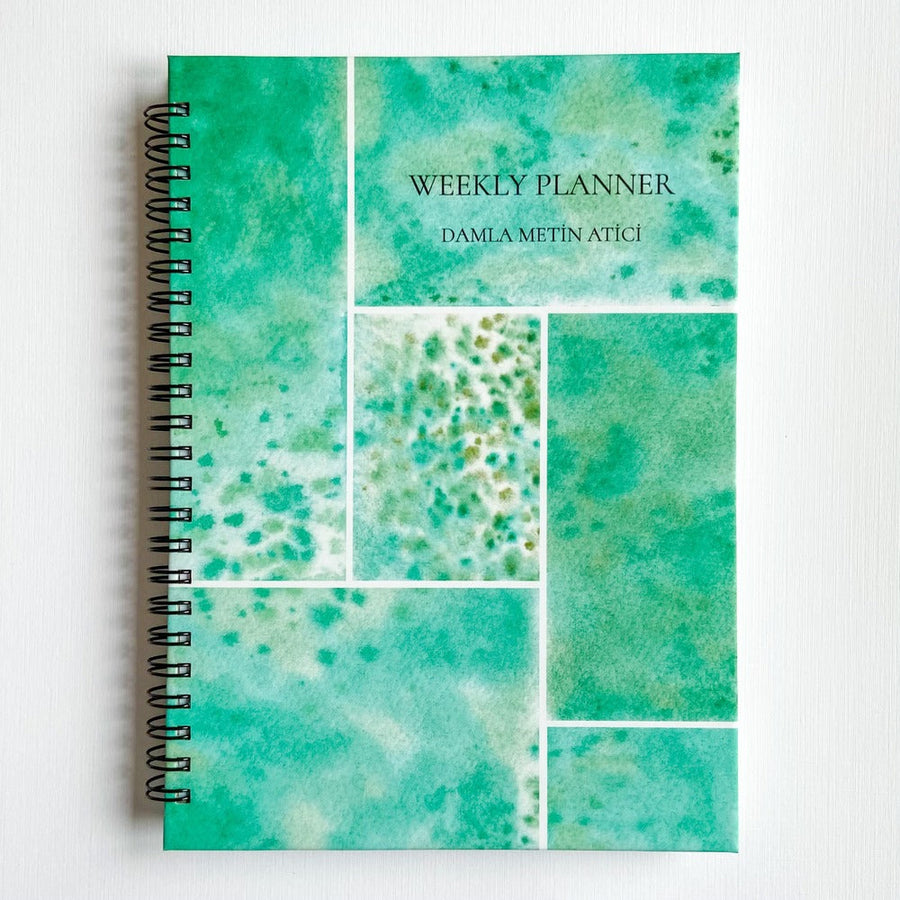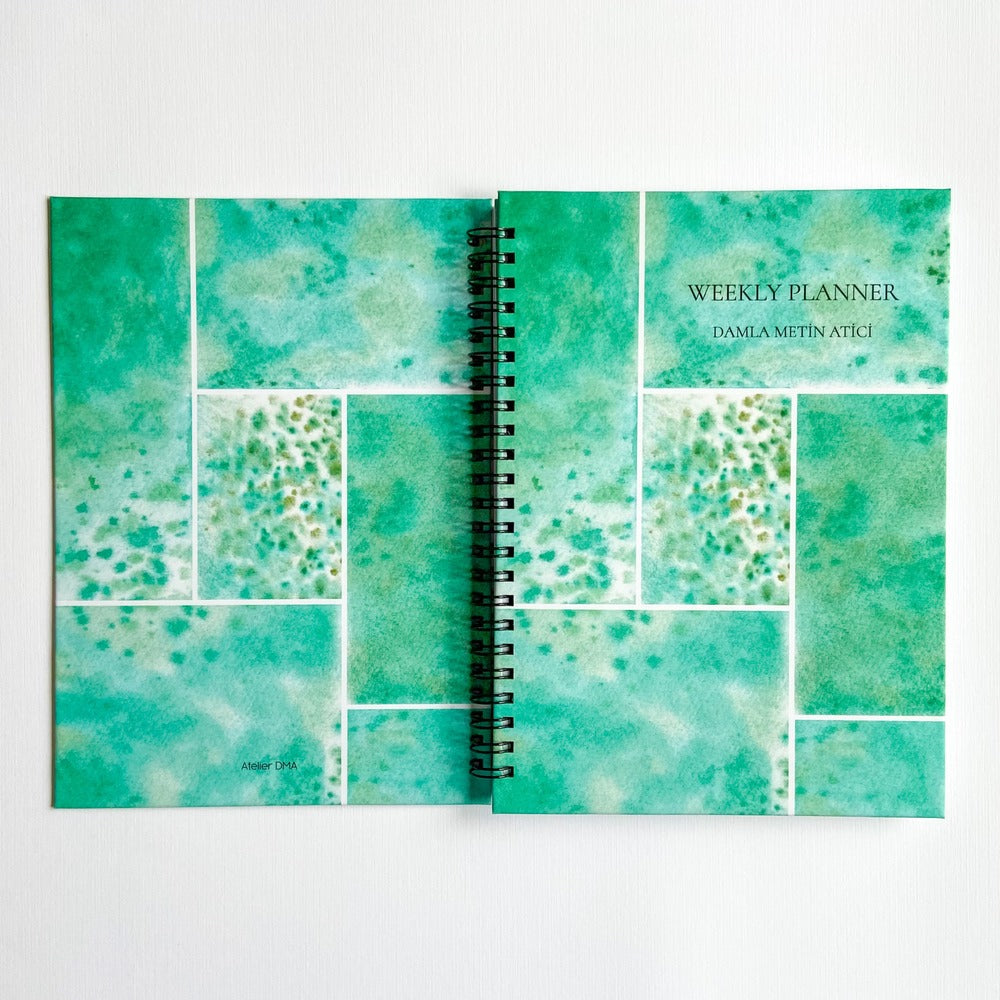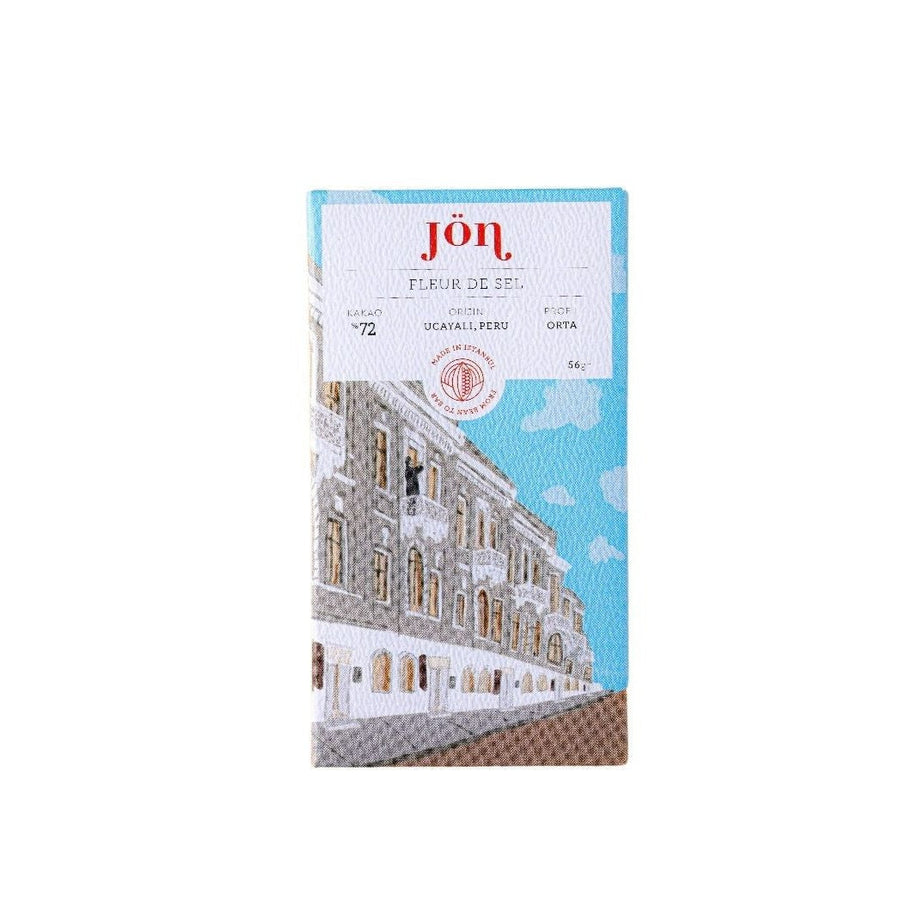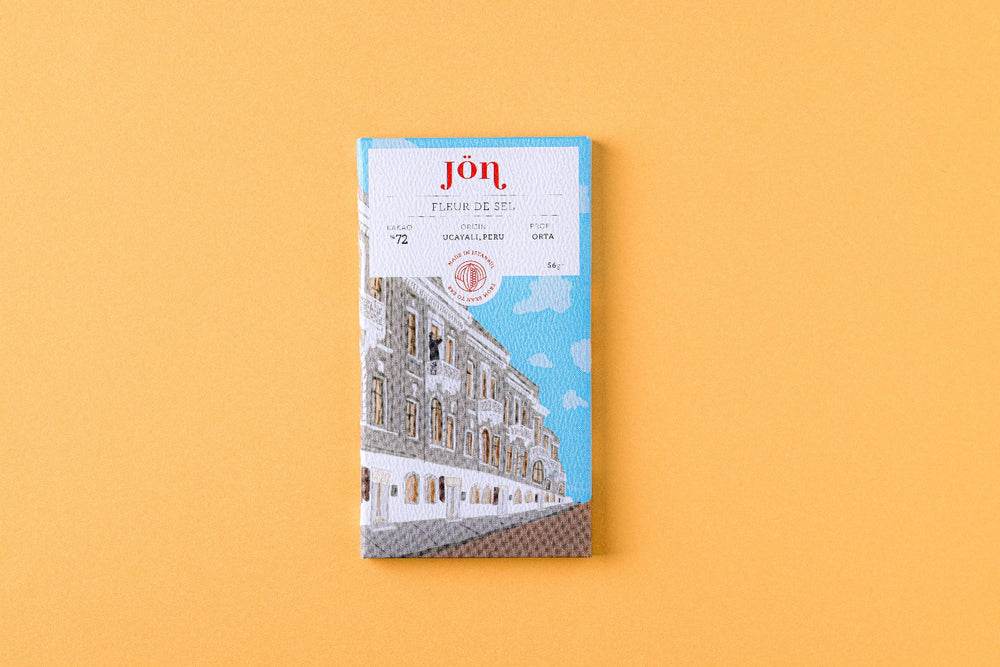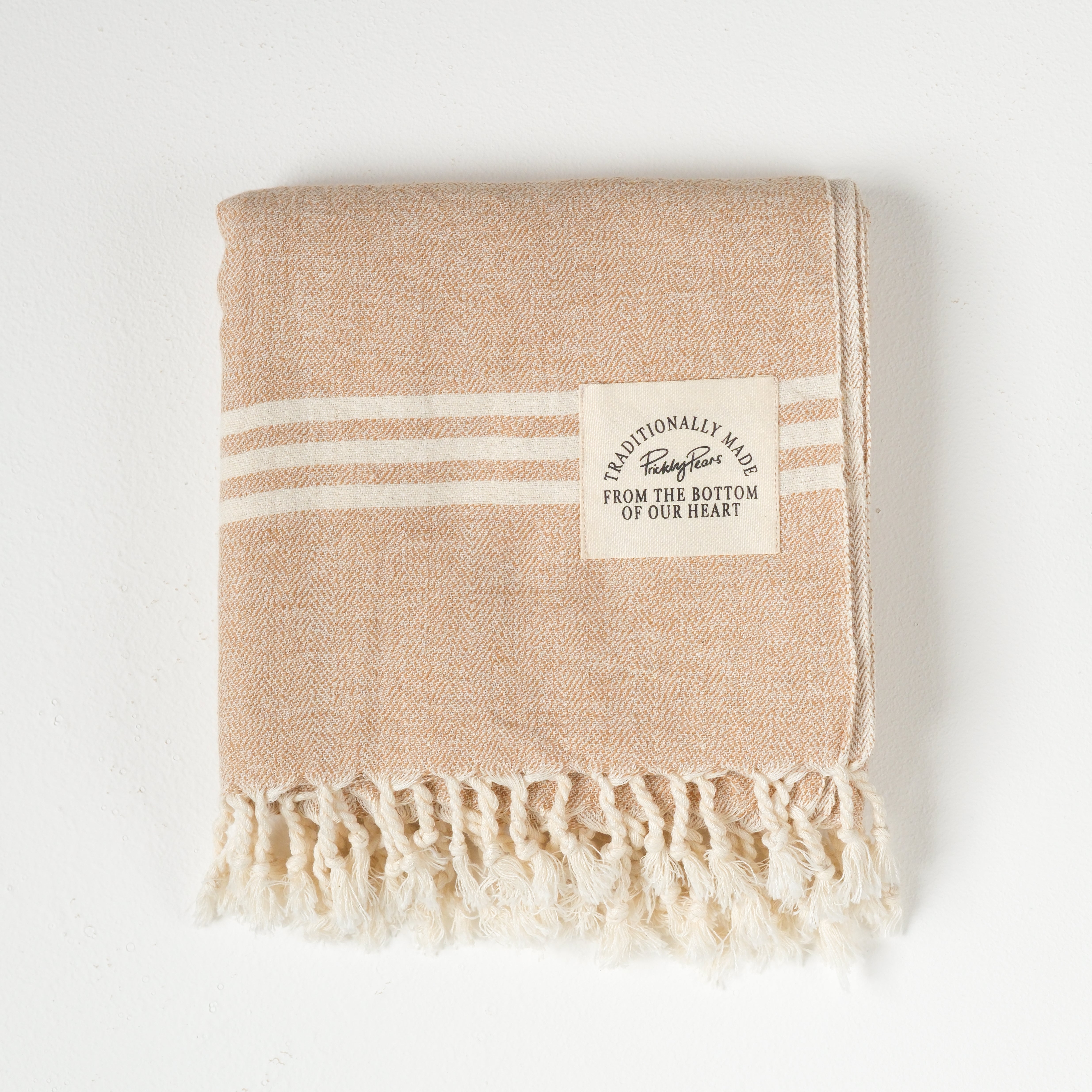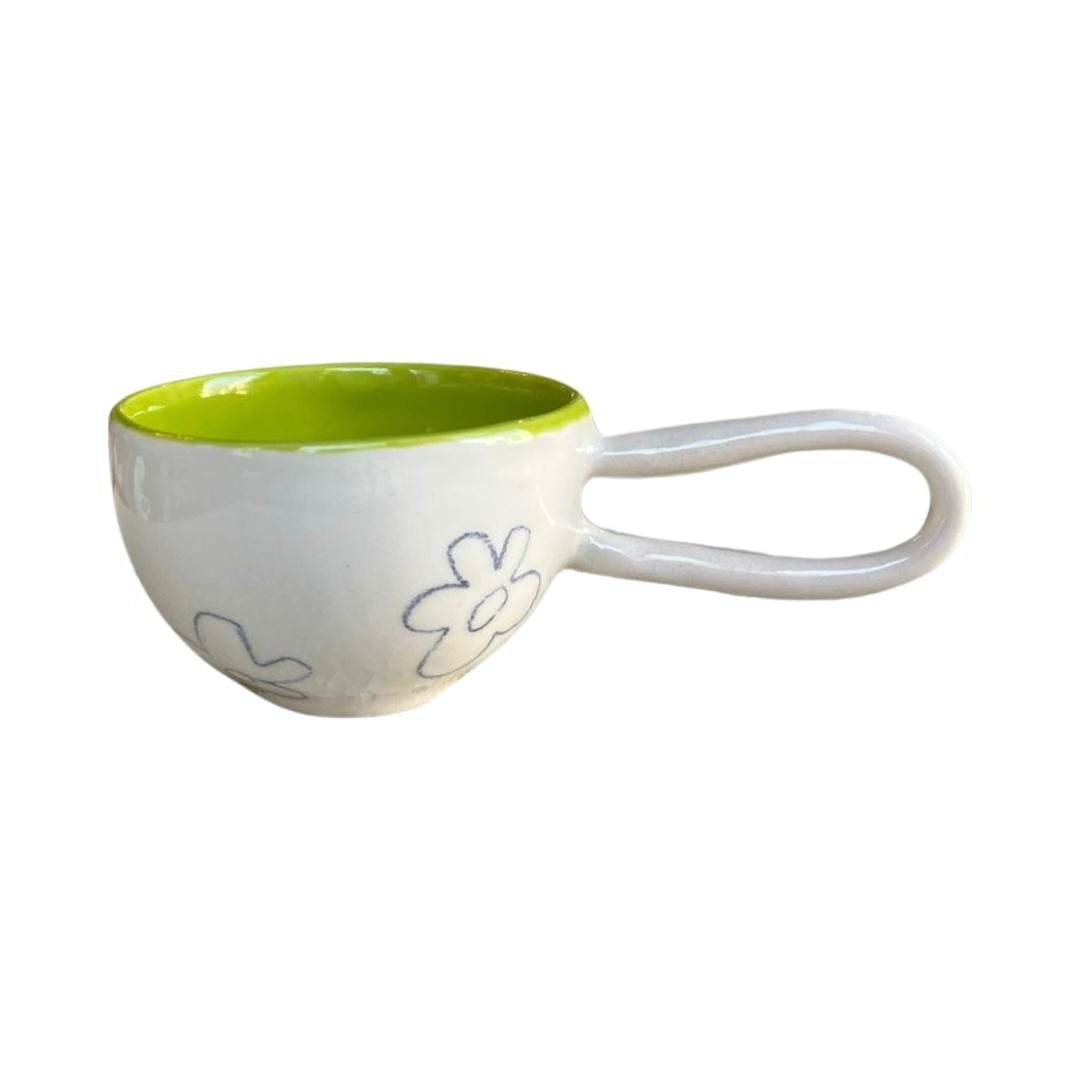All about Concept Stores
What Art and Design enthusiasts need to learn about Concept Stores
What was the last concept store you went to? Did you know if it's a concept store or not? The problem with terms like this is that the terms are often misused by people and the misinformation. Every store started to claim to be a concept store. Time for some clarity.
What is this Concept Store?
A concept store is a retail store that goes beyond just selling products, but instead caters to a general lifestyle concept by offering products that fit the wishes of those in a particular social scene. Such stores sell products that appeal to a specific consumer segment, rather than offering a selection of standard products to buy. This segment and the approach that appeals to this may differ considerably between stores.
While there is no single form that a concept store typically takes, it is designed to appeal to a particular segment of society in general. For example, a store intended to appeal to those with an interest in high fashion might offer clothing from well-known designers, as well as shoes, perfumes, accessories and even electronics, all of which are well-established brands. Inventory will likely change frequently to maintain fashion. This distinguishes such a store from a retail business that often offers many of the same products from one year to the next.
The design and aesthetic of a concept store will likely be quite different from that of a standard or retail store. Since the store itself has a general concept of the products available, the design and decoration of the store usually fits this concept. A store intended to appeal to “urban” or “street” trends may have exposed brick walls, perhaps a design decorated with artistic graffiti and reinforcing the concept of the store. On the other hand, a concept store for “innovative” culture might have dark walls, stark lighting, and indie music popular in hipster circles.
So what is a concept store? It is a store that connects to an extensive theme and sells a carefully selected and unique selection of products. They often evoke a lifestyle that appeals to a specific audience – they are inspiring. Carefully selected products are brought together from different brands and designers and often cover different lines such as fashion, beauty and homewares. Also, the display brings these lines and products together in an attractive way. Concept stores are about exploration and experience. As such, products and design tend to change regularly to continue to tell this story in new and interesting ways. Most concept stores offer extra experiential items such as a café or event space that help build a community around the lifestyle they involve.
The concept store idea may seem vague as it characterizes any type of innovative or unusual store. Let's first focus on the origins of this very special store format to better understand its special character. According to Wikipedia, a concept store is "a marketing concept that defines a business thematic detail. […] It is characterized by the staging of creative universes that mix products and multiply trends." In our opinion, the concept store is a multi-brand outlet with a thematic universe, a philosophy of life and/or a variety of products that match a particular lifestyle. These stores are not just places to buy, they are places of learning and inspiration; even if it means slowing down the buying process.
History of Concept Stores
A place for passions and inspirations
To understand the arrival of concept stores in the retail world, let's go to the West of London in Chelsea. If you have had the opportunity to go to the Mary Quant exhibition at the Victoria and Albert Museum in London, you must have seen that Mary Quant, the British and famous tailor creator of mini skirts, revolutionized fashion in England. She wanted to satisfy a new market through her original clothing creations at affordable prices: young people. The Mary Quant exhibition traces the first 20 years of her creative career, from 1955, when she opened the first concept store in the world, called Bazaar on King's Road, to 1975, when she managed to build a global fashion empire.

Fully furnished by designer Terence Conran, founder of Habitat and The Conran Shop brand, Mary Quant's boutique is a true place for artistic encounters, a mix of music, design and art. The originality of this boutique meets instant success. Her unique character envelops everyone and creative personalities start meeting there to discuss their passions and inspirations. The idea of sharing before selling, Mary Quant described her shop as “the bohemian world of painters, photographers, architects, writers, social figures, actors…”. Therefore, it was a place of living, more specifically, a place of discussion where sharing is much more powerful than selling products. Among her loyal clients, Mary Quant could count on influential journalists in the fashion and design industries. They helped her build a good reputation and attract the London fashion scene.
The success of Bazaar was also based on the growing wealth and mobility of youth benefiting from higher education and earnings. Therefore, buying clothes becomes a leisure activity. In 1966, Quantrademarks, Mary Quant's logo, were worn as a badge. This sign instantly shared the youthful spirit of her brand and allowed her to connect more with younger customers.
Beautiful and extraordinary products
The term of “concept store” appeared much later. It was introduced by Italian sociologist Francesco Morace in 1991 to describe 10 Corso Como stores. 10 Corso Como was founded in Milan in 1991 by Carla Sozzani, former fashion editor of Vogue and Elle Italy. From the very beginning, Carla Sozzani wanted to make it a bookstore where she could hold art exhibitions. Passionate and open to all forms of art, Carla Sozzani has expanded her offering to share a bit more of her art and design vision.
She added photography, furniture, clothing, accessories and decorations. 10 Corso Como thus blended commerce with contemplation, fashion and art, bringing together objects for sale, works of art, books, clothing, accessories and even souvenirs in one place. Objects are not consumed as work, but rather as art.

Services to enrich the place 10 Corso Como later became a fashion and cultural center in Milan. Gradually, their new services were also welcomed: a cafe, a restaurant and a small hotel were also added for loyal customers who want to stay longer to better appreciate the exhibits. Today, the back shop, cafe and restaurant hidden in the gardens have transformed into a peaceful and quiet time surrounded by plants and seasonal flowers. The store has expanded its unique range of art, music, design, cuisine and culture to Seoul, Shanghai, Beijing and New York.
Beyond both art and fashion, Francesco Morace saw in this concept something completely new and radical for retail. He introduced this new retail concept as the “concept store”.
Experience at the heart of the concept store
Of course, France saw its first concept store in Paris. Leclaireur opened its doors in 1980. The passion of Martine and Armand Hadida was to bring together fashion, art, design and the art of living. It was the debut that spawned artists such as Arne Quinze, Paul Evans, Borek Sipek, Pierre Bonnefille and brands such as Comme des Garçons, Yamamoto and many more.

Now in Los Angeles, Leclaireur's philosophy is to bring together fashion, design, architecture and visual arts to place experience at the heart of every store. The aim is to show that all these disciplines belong to the same ecosystem, evolve and are in constant transformation.
Create surprise
The creation of Leclaireur is also a response to the power of big brands with remarkable budgets:
“I was in New York in 1999. Prada was preparing to open in Soho in the 2000m2 of the former Guggenheim, Issey Miyake partnered with architect Frank Gehry, Dolce & Gabbana presented its big flagship store… Back in Paris, I was completely depressed. How can we fight against such strong brands? As small retailers, we were like small plows facing wealthy industrialists with their big machines and GMOs. That's why we decided to do the opposite of large luxury groups. Instead of a flashy flagship with a great look, we created a secret space hidden behind a driveway on Hérold street. In the end, the success we encountered was beyond our expectations.”
Armand Hadida, founder of Leclaireur
Armand Hadida's Leclaireur always seeks to offer visitors an atmosphere completely different from what they have experienced before. For this reason, Pioneer constantly surprises its customers by frequently renewing its offer, windows, merchandising visuals and events. Rarity is key Colette's arrival in Paris in 1997 also made an impact. Created by Colette Roussaux and her daughter Sarah Andelman, the store listed all types of fashion items: perfume, design, music and publishing, photography and the press, beauty articles and hi-tech.

Together with her daughter Sarah Andelman, a graduate of the Ecole du Louvre, Colette Rousseaux was looking for products never seen before in France to create exclusivity and rarity. Colette thus became a trendsetter and harbinger of trends for Parisian consumers, a touchstone in fashion and design. Designed by the French architect Arnaud de Montigny, Colette's interior layout and showcase changes every week. In addition, Colette and Sarah activate their outlets by holding collection launch parties, cocktails, workshops and monthly exhibitions promoting a beloved artist to bring customers back and make the point of sale the go-to destination.
Elements of influence on concept stores, details
The sales staff was also a brand asset for the concept store. In 2012, the mother and daughter hired a hundred people. Among them are Influencer salespeople with thousands of Instagram followers and credibility in the fashion world, such as Elisabet (@UneMorueAParis), who had more than 4,800 followers in 2012 and increased Colette's visibility. Sales teams and employees were true ambassadors of the concept store.
Another axis of visibility was partnerships with big luxury houses like Chanel and well-known brands like Comme des Garçons to create thematic pop-up shops. On average in 2012, the store received more than four thousand visitors per day during Fashion Weeks. Colette Rousseaux has recently retired. Therefore, you will no longer have a chance to visit Colette. However, the place is now home to Karl Lagerfeld's concept store, which is also quite impressive.
They beautify our cities
Since the creation of historic concept stores, other entrepreneurs have also been strongly inspired to create their retail vision. Concept stores are enhanced versions of classic local stores. A more innovative, more digital, unique experience; They help beautify the urban landscape by offering a new location that you choose based on your values, interests and affinities.
Some concept stores focus on food. Such is the case with L'Épicerie à Paris, a cozy place to dine while reading a book or watching a classical art performance. Other concept stores aim to share their social and environmental commitments. This is the case of Merci à Paris, which donates its profits to educational projects and development in Southwest Madagascar. Some just want to share their lifestyles and passions: Edith Bordeaux is also the meeting point of fashion and design; It supports quality and responsible consumption. Some concerts and performances are also held inside the store.
To see what a concept store selection looks like, take a look at the unique products of Yirmiyedi Kuzguncuk, the apple of the eye of the Anatolian Side of Istanbul. If you're on your way, visit us at our store in Kuzguncuk for more inspiration.
You can send your comments and thoughts to us at @yirmiyedikuzguncuk or by sending an e-mail to info@yirmiyedikuzguncuk.com.
